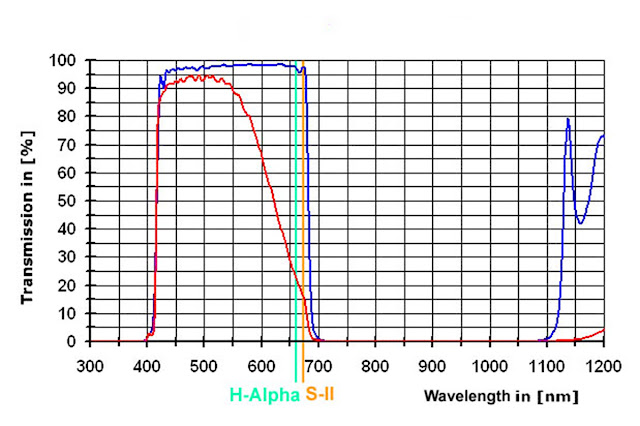February 26, 2016
 | |
| Flame Nebula and Horsehead Nebula |
Nikon D5300A, Skywatcher ED80 + Baader UHC-S filter
+ 0.85x Focal Reducer/Corrector
Skywatcher EQ-3 Synscan, guided, ISO 400 5 mins x 7
+ 0.85x Focal Reducer/Corrector
Skywatcher EQ-3 Synscan, guided, ISO 400 5 mins x 7
..and still chasing Orion. Last Friday night, February 26 was the warmest night ever! It was a warm +5C or so and hardly any wind. The skies were clear and I thought I would give a proper field test for my new D5300A, modified by LifePixel USA. So I brought down all the gear, and slewed the ED80 on Alnitak, the southernmost star on Orions Belt. Alnitak contains one of the most beautiful nebula's in the night sky, not to mention The Great Orion Nebula itself. Problem is I only have less than an hour of imaging time, before Orion is goes behind my neighbors rooftops. But it gave me an idea how the D5300A performed.
Here is a comparison shot, although the sky conditions might not be exactly the same as there was a rising moon when i took the shot using the D610, but still one can see the big difference of using a modified camera. The horsehead is particularly difficult as it is quite dim. Though I would admit the the low noise capability of the D610 is superior to the cropped sensor D5300.
Response curve of the modified D5300. Red line indicates the stock filter, typical for most modern DSLRs. The H-alpha (teal color) is only at 20% or so. The new filter (blue) has the H-alpha sensitivity up to 98%. (Graph is taken from another source)
Monochrome version. I kinda liked this one. It gives me a sense of a vast lonely but beautiful space.






